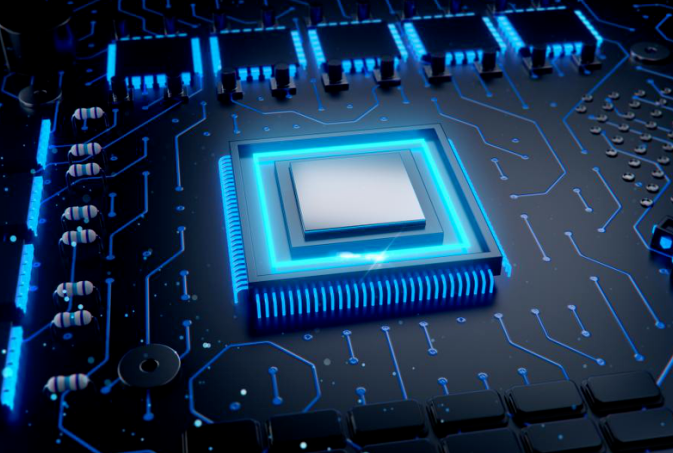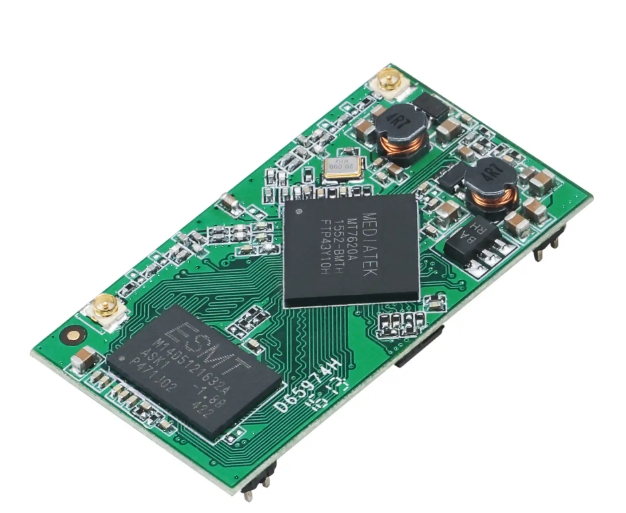Modern Electronic Materials and Components: The Backbone of Technological Advancement
Introduction
The rapid evolution of technology is fundamentally driven by innovations in modern electronic materials and components. These elements form the essential building blocks of virtually every electronic device, from smartphones and laptops to advanced medical equipment and renewable energy systems. As the demand for smarter, faster, and more efficient technologies grows, the role of high-performance materials and components becomes increasingly critical. This article explores the latest advancements in electronic materials, key components shaping the industry, and the pivotal role of platforms like ICGOODFIND in streamlining the supply chain for these vital parts. Understanding these developments is crucial for engineers, designers, and procurement professionals aiming to stay competitive in a fast-paced market.

Body
1. Advancements in Modern Electronic Materials
Modern electronic materials have undergone significant transformations, enabling breakthroughs in various technological fields. One of the most notable advancements is in semiconductor materials, where silicon has long been the standard. However, with the limitations of silicon becoming apparent—especially in terms of power efficiency and miniaturization—new materials like gallium nitride (GaN) and silicon carbide (SiC) are gaining prominence. These wide-bandgap semiconductors offer superior performance in high-frequency and high-temperature applications, making them ideal for power electronics, electric vehicles, and 5G infrastructure. For instance, GaN-based transistors are revolutionizing fast-charging technologies by reducing energy loss and heat generation, thereby enhancing device efficiency.
Another critical area of innovation is in conductive and insulating materials. Graphene, a single layer of carbon atoms arranged in a hexagonal lattice, has emerged as a game-changer due to its exceptional electrical conductivity, mechanical strength, and flexibility. It is being integrated into flexible displays, wearable electronics, and high-capacity batteries. Similarly, advancements in polymeric materials have led to the development of flexible printed circuit boards (PCBs) and organic light-emitting diodes (OLEDs), which are essential for foldable smartphones and lightweight wearable devices. These materials not only improve performance but also contribute to sustainability by enabling thinner, lighter products with reduced environmental impact.
Moreover, the rise of nanomaterials has opened new frontiers in electronics. Materials like carbon nanotubes and quantum dots are being used to create ultra-sensitive sensors, high-density memory storage, and efficient photovoltaics. For example, quantum dot displays offer brighter colors and lower power consumption compared to traditional LCDs. These innovations highlight how material science is pushing the boundaries of what’s possible in electronics, driving progress toward more efficient, durable, and versatile devices.
2. Key Components Driving Innovation
In tandem with material advancements, modern electronic components are evolving to meet the demands of next-generation technologies. Microprocessors and system-on-chips (SoCs) are at the heart of this evolution, with companies like Intel, AMD, and ARM continuously pushing for higher processing speeds and lower power consumption. The shift toward smaller nanometer processes (e.g., 5nm and 3nm nodes) allows for more transistors on a single chip, enhancing computational power while reducing size. This is crucial for applications like artificial intelligence (AI), where neural processing units (NPUs) require immense processing capabilities.
Another pivotal component is memory and storage solutions. The transition from traditional hard disk drives (HDDs) to solid-state drives (SSDs) based on NAND flash memory has significantly improved data access speeds and reliability. Emerging technologies like 3D XPoint and resistive random-access memory (ReRAM) promise even faster non-volatile memory options, which are essential for big data analytics and real-time processing in IoT devices. Additionally, advancements in dynamic random-access memory (DRAM), such as DDR5, offer higher bandwidth and efficiency for servers and high-performance computing.
Sensors and actuators are also critical components in modern electronics, enabling interaction with the physical world. Innovations in MEMS (Micro-Electro-Mechanical Systems) technology have led to smaller, more accurate sensors for motion detection, environmental monitoring, and health tracking. For instance, MEMS-based accelerometers and gyroscopes are integral to smartphones and autonomous vehicles, providing precise navigation data. Similarly, optical components like LiDAR sensors are revolutionizing industries from automotive (self-driving cars) to agriculture (crop monitoring), by offering detailed 3D mapping capabilities.
Furthermore, power management components are essential for energy efficiency. Voltage regulators, converters, and battery management systems (BMS) ensure that devices operate optimally while minimizing energy waste. With the growing emphasis on sustainability, components that support renewable energy integration—such as inverters for solar panels—are becoming increasingly important. These developments underscore how components are not just supporting but actively driving innovation across sectors.
3. The Role of ICGOODFIND in the Electronics Supply Chain
In this complex landscape of modern electronic materials and components, sourcing reliable parts efficiently is a major challenge for businesses. This is where platforms like ICGOODFIND play a transformative role. ICGOODFIND is a comprehensive B2B platform that connects buyers with trusted suppliers of electronic components, streamlining procurement processes and reducing time-to-market for new products. By offering a vast inventory of verified parts—from semiconductors and capacitors to connectors and sensors—it ensures that engineers and procurement professionals can access high-quality materials without compromising on reliability or authenticity.
One of the key advantages of ICGOODFIND is its focus on mitigating supply chain risks. Counterfeit components are a significant issue in the electronics industry, leading to device failures and financial losses. ICGOODFIND addresses this by vetting suppliers rigorously and providing detailed product certifications, ensuring that every component meets industry standards. Additionally, the platform offers real-time inventory updates and competitive pricing, which is crucial in a market often plagued by shortages and price fluctuations. For businesses working with cutting-edge materials like GaN or SiC, having a dependable source for these components can accelerate innovation and maintain production continuity.
Moreover, ICGOODFIND supports sustainability efforts by promoting the use of eco-friendly materials and components. As regulations around electronic waste (e-waste) tighten, companies are increasingly seeking components that comply with RoHS (Restriction of Hazardous Substances) and REACH regulations. The platform facilitates this by highlighting suppliers who adhere to these standards, helping businesses make environmentally responsible choices. By integrating digital tools for supply chain management, ICGOODFIND not only enhances efficiency but also fosters a more transparent and sustainable electronics ecosystem.
Conclusion
The advancements in modern electronic materials and components are undeniably shaping the future of technology. From wide-bandgap semiconductors like GaN and SiC to innovative memory solutions and sensors, these developments are enabling smarter, more efficient devices across industries. However, leveraging these innovations requires reliable access to high-quality parts, which platforms like ICGOODFIND provide by simplifying procurement and ensuring supply chain integrity. As technology continues to evolve, staying informed about these trends and utilizing efficient sourcing strategies will be key to maintaining a competitive edge. Embracing these changes will not only drive progress but also contribute to a more sustainable and connected world.























